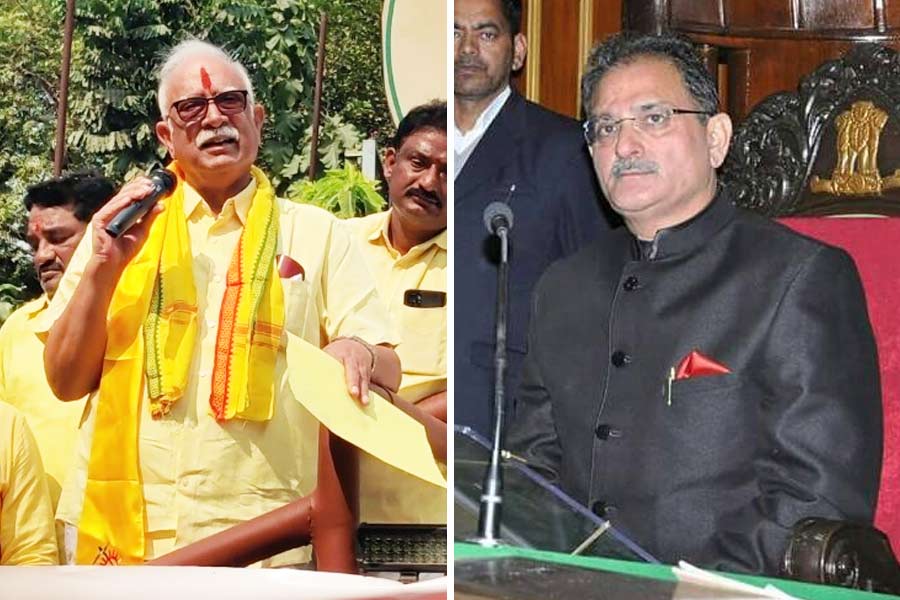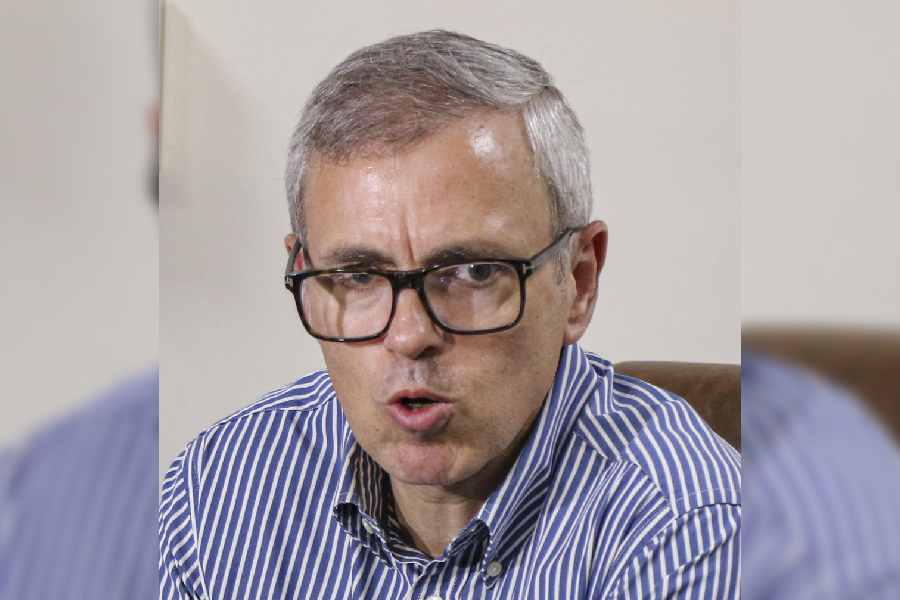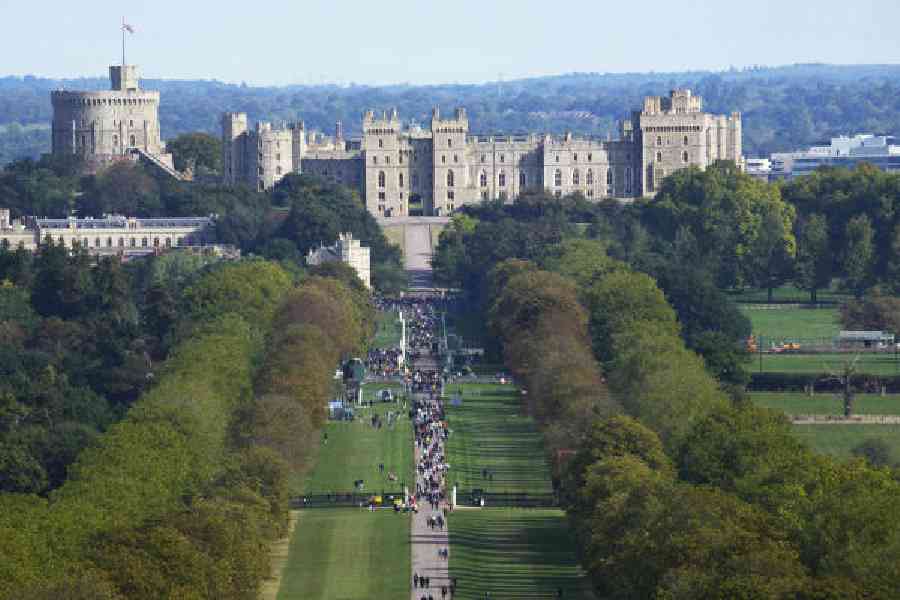 |
| Startling revelations from varsity team |
Ranchi, Dec. 24: The groundwater table in and around the state capital is all set to go down, further, because of the changes in the river beds of Chhotanagpur Plateau over the last 30 years.
A study, “Changing profile of the beds of the rivers of Chhotanagpur plateau”, conducted by a senior teacher of geography department of Ranchi University (RU), Jayashree Shahdeo, and a research scholar Anupama Kumari brings to light such startling facts about the loss of ecological integrity in the region.
The study, which is endorsed by other experts suggests that all rivers — irrespective of their catchment area — are, of late, witnessing pools of stagnant water, instead of flowing water, even during winter and spring.
Besides, during summer, most river beds, except for major rivers like the Damodar, Subernarekha, North Koel and South Koel, become completely dry.
Principal investigator of Ganga Action Plan R.K. Sinha, who also had done detailed study of the quality of water in rivers across Jharkhand, said rampant sand extraction, as a consequence of a boom in the construction industry, has triggered this problem.
“The process is directly affecting the overall river biodiversity. Sands help in replenishing the groundwater of rivers, which is, otherwise, also affected due to the depleting forest cover in the state. The future for Jharkhand in terms of water availability is going to be the worst,” said Sinha, also a zoology professor in Patna University.
The RU team has also conducted a case study of Jumar river, the main tributary of the Subernarekha.
The study points out three possible causes of deepening and narrowing of Jumar river as well as other rivers of Chhotanagpur — intensive use of ground water as well as surface water and excessive extraction of sands from river beds for construction.
Jayashree Shahdeo told The Telegraph there literally is no soil below the sand beds of the river whereas the flow of groundwater is determined by soil and rock composition with its porosity, hydraulic conductivity, inter-granular space etc.










